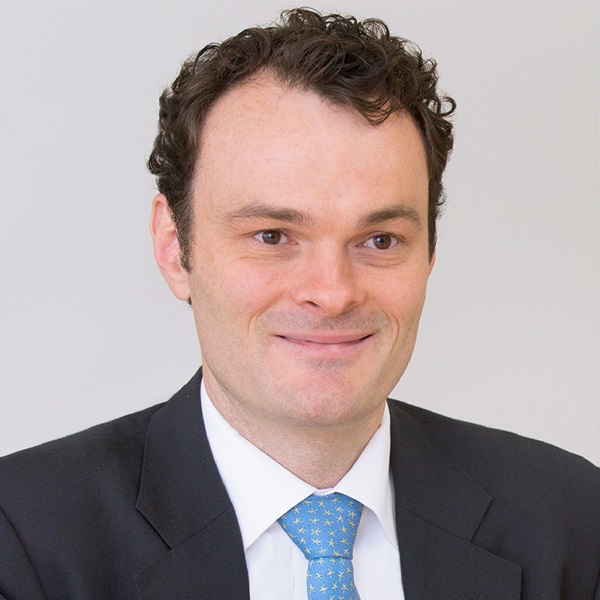Hallmarks of durable dividend-paying stocks include companies that have strong cash flow and prioritise capital allocation. Gilead Sciences, a health care company known for its HIV drug therapies, has shown a commitment to growing its dividend. In addition to its core HIV franchise, the company has also expanded into cancer therapies.
Toner notes that certain commodities companies also tend to focus on capital allocation versus M&A, even as the price for their product jumps. For example, Lundin Mining is viewed as a conservative company that does not borrow heavily to grow its copper mines compared to its peers.
Could Fed rate cuts lead to a housing boom? While mortgage rates have declined from their peak to around 6%, the US is unlikely to revisit the pandemic-era level of less than 3%, according to portfolio manager Cheryl Frank. “I don’t foresee another big housing cycle for a while since most Americans have mortgages well below the current rate.”
Against that backdrop, homeowners are incentivized to repair or improve an existing home rather than move. Rising mortgage rates slowed housing activity post-COVID, and many companies involved in the housing supply chain have experienced weak sales. “As we start to see growth off this low base, some of these companies may do better,” Frank says.
For example, Home Depot CEO Ted Decker said during an earnings call in August that “as [mortgage] rates head down towards 6%, we would expect to see some activity,” when asked at what level mortgage rates need to be to drive the company’s business higher.
Meanwhile, Carrier Global, known for its HVAC products, reported increased revenue and margin expansion during its most recent second quarter earnings. Building materials company TopBuild has similarly continued to grow its business.







